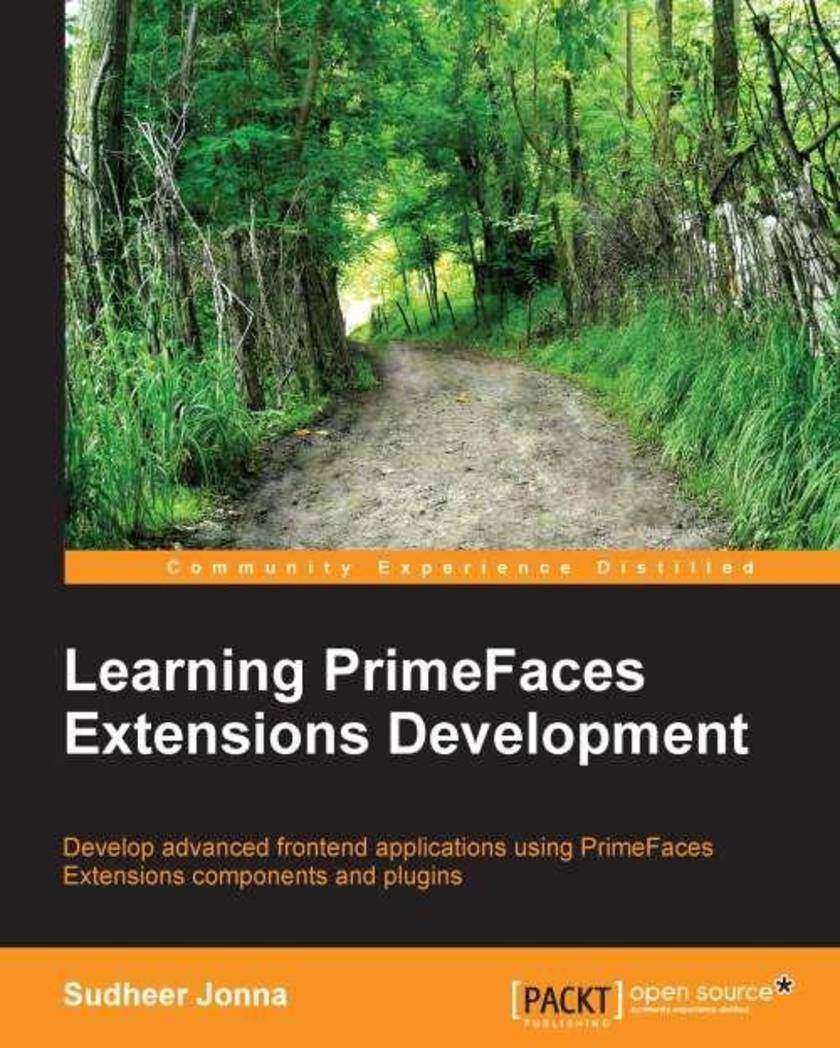
Learning Primefaces' Extensions Development
¥71.93
This book provides a step by step approach that explains the most important extension components and their features. All the major features are explained by using the JobHub application with supporting screenshots. If you are an intermediate to advanced level user (or developer) who already has a basic working knowledge of PrimeFaces, then this book is for you. The only thing you need to know is Java Server Faces(JSF).
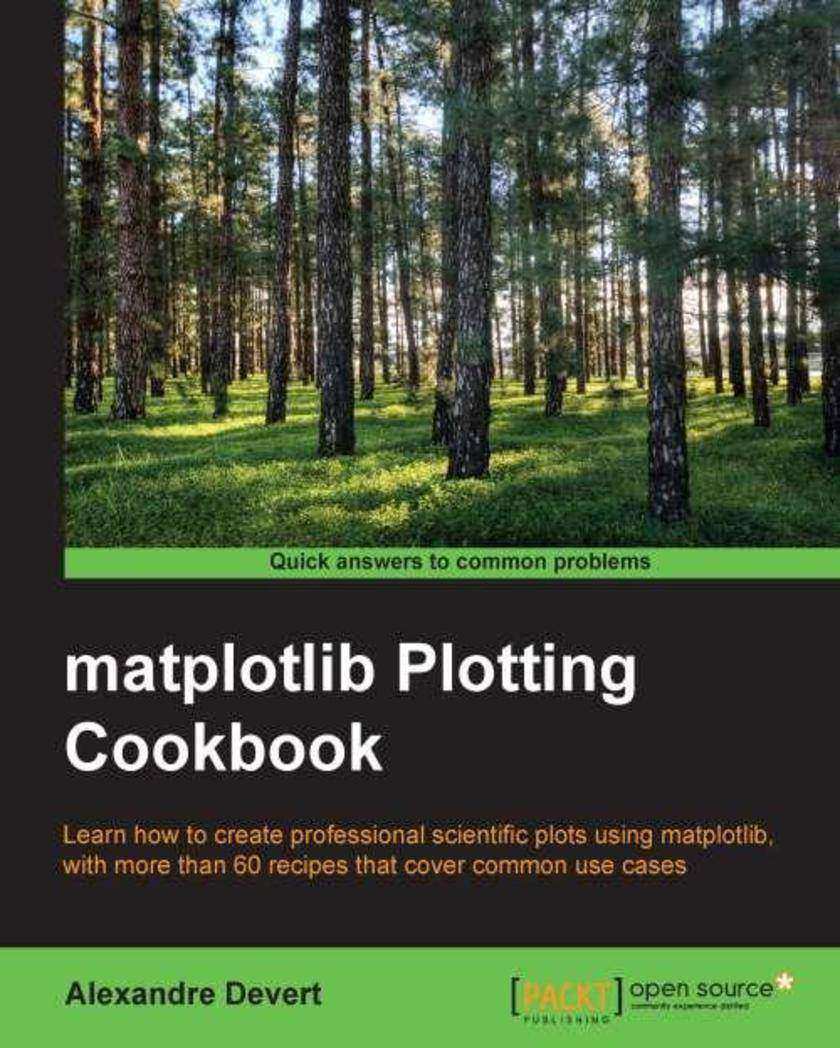
Matplotlib Plotting Cookbook
¥80.65
This book follows a cookbook style approach that puts orthogonal and nonredundant recipes in your hands. Rather than rehashing the user manual, the explanations expose the underlying logic behind Matplotlib. If you are an engineer or scientist who wants to create great visualizations with Python, rather than yet another specialized language, this is the book for you. While there are several very competent plotting packages, Matplotlib is “just” a Python module. Thus, if you know some Python already, you will feel at home from the first steps on. In case you are an application writer, you won't be left out since the integration of Matplolib is covered.
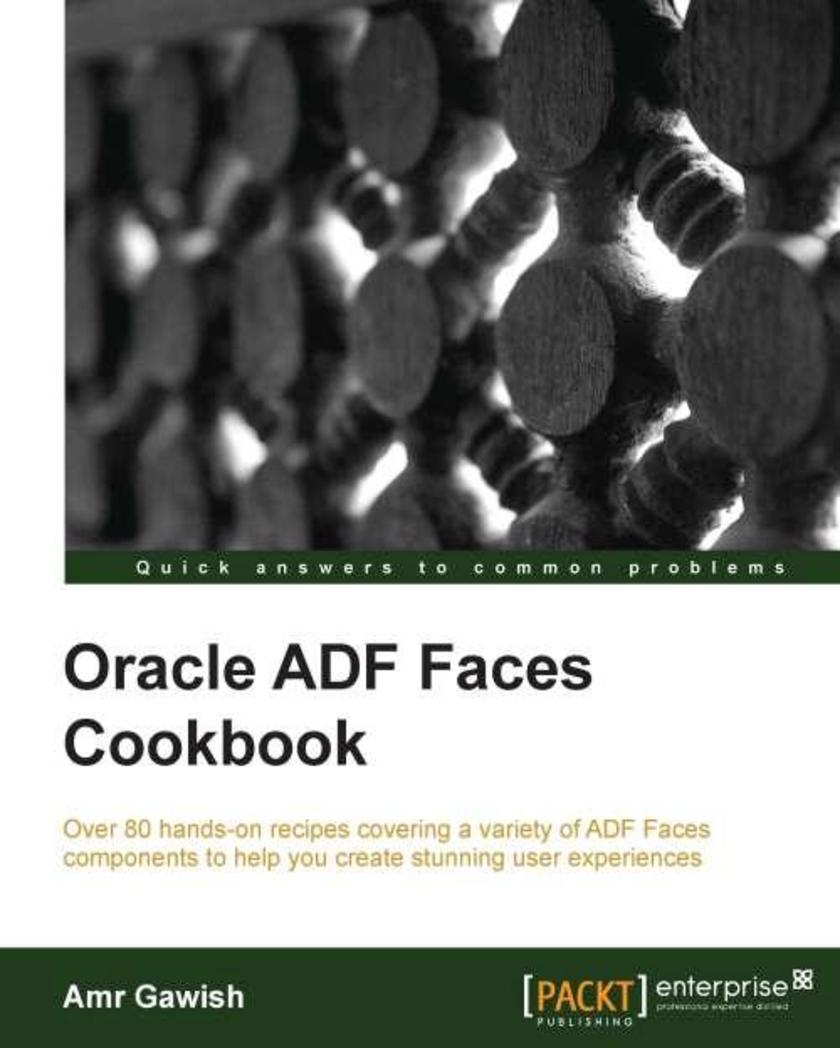
Oracle ADF Faces Cookbook
¥90.46
This is a cookbook that covers more than 80 different recipes to teach you about different aspects of Oracle ADF Faces. It follows a practical approach and covers how to build your components for reuse in different applications. This book will also help you in tuning the performance of your ADF Faces application. If you are an ADF developer who wants to harness the power of Oracle ADF Faces to create exceptional user interfaces and reactive applications, this book will provide you with the recipes needed to do just that. You will not need to be familiar with Oracle ADF Faces, but you should be comfortable with Java application development, Java EE frameworks, and JSF. This book is also for ADF developers who know how to use Oracle ADF Faces but who want to know what’s new in Oracle ADF Faces 12c.
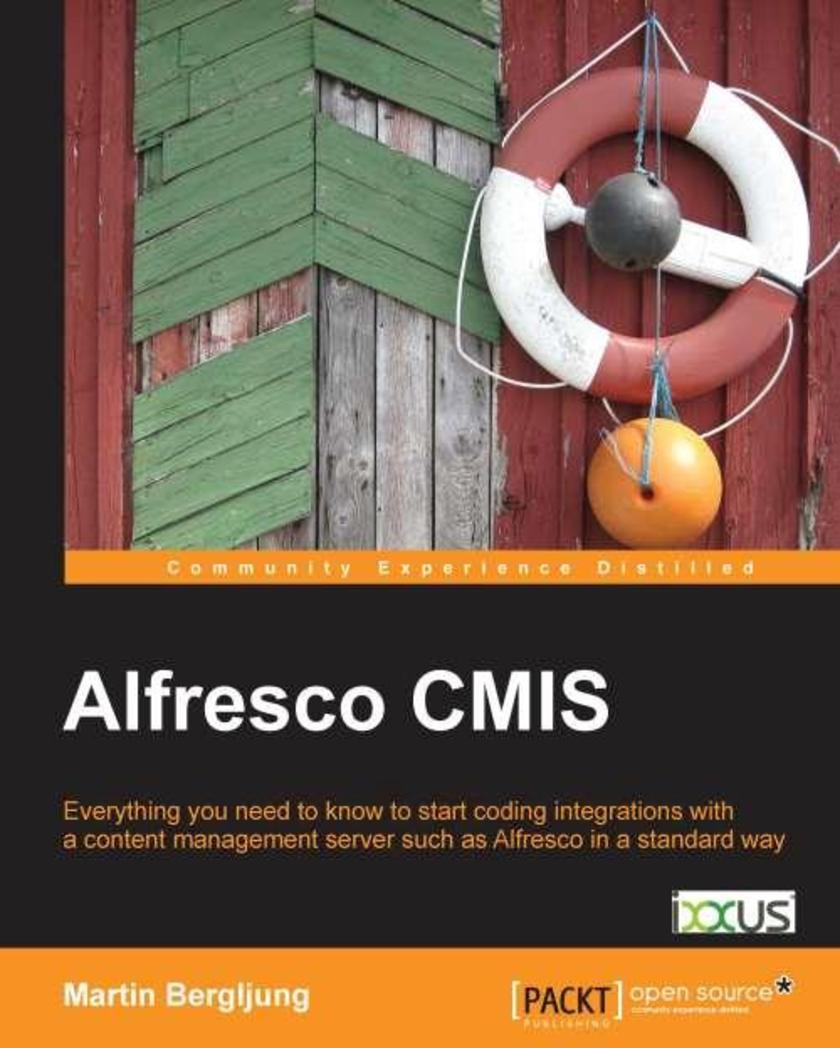
Alfresco CMIS
¥59.94
The book will show readers how to use Alfresco’’s implementation of CMIS through a tutorialbased approach. It also has plenty of examples to help illustrate the concepts that you will learn. If you are a developer who wants to learn how to build applications that talk to content management servers in a standard way using CMIS, this book is ideal for you. It will be helpful if you have a bit of programming experience, although it is not necessary.
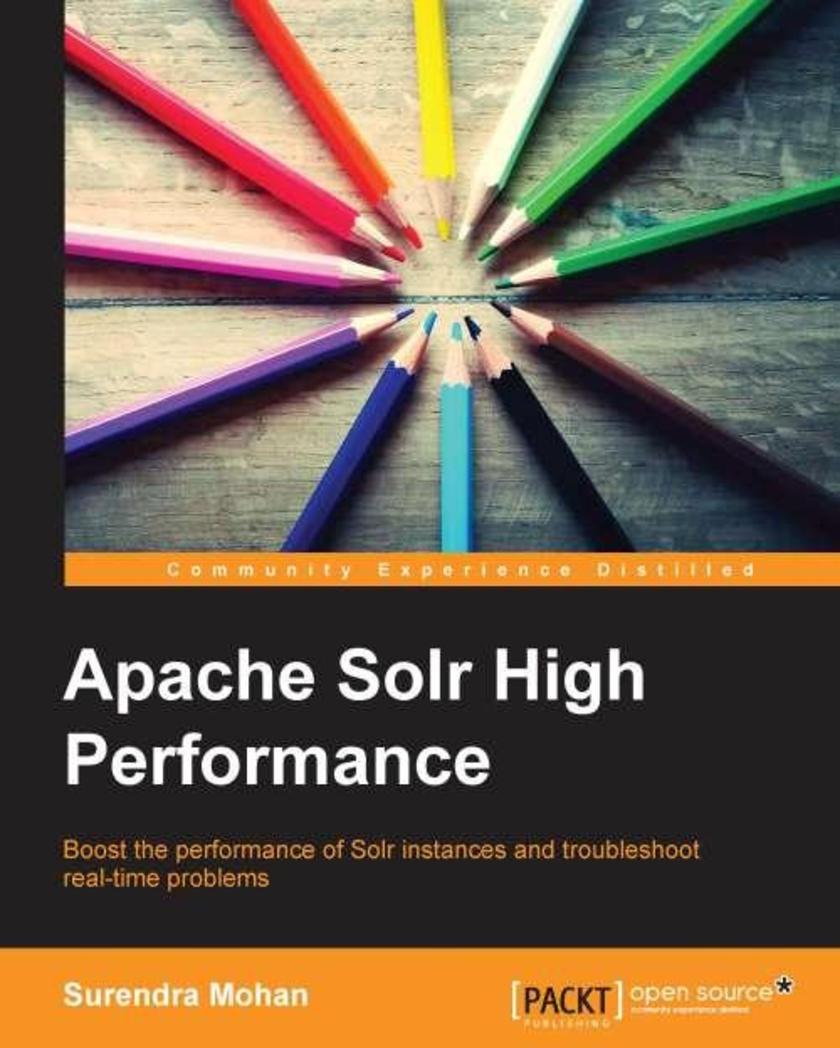
Apache Solr High Performance
¥63.21
This book is an easytofollow guide, full of handson, realworld examples. Each topic is explained and demonstrated in a specific and userfriendly flow, from search optimization using Solr to Deployment of Zookeeper applications. This book is ideal for Apache Solr developers and want to learn different techniques to optimize Solr performance with utmost efficiency, along with effectively troubleshooting the problems that usually occur while trying to boost performance. Familiarity with search servers and database querying is expected.
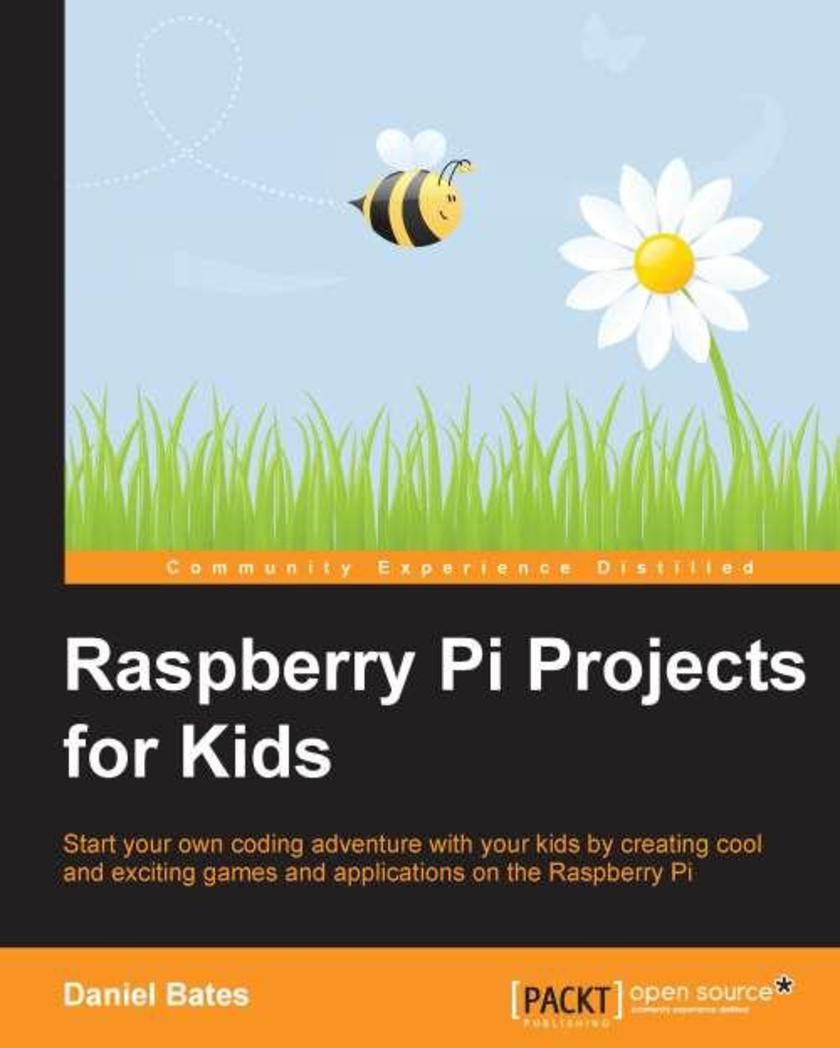
Raspberry Pi Projects for Kids
¥43.59
This tutorial contains allimportant information about how to use your Raspberry Pi to develop any application you like. It is broken down into several actionpacked projects, each containing easytofollow steps, just to show you how easy and fun computer programming can be! If you are someone with a big imagination and would like to dive straight into the realm of technology and computers, then this is the book for you. With only a Raspberry Pi and no prior experience required, you will be shown how to translate your ideas into computer programs, creating any game, tool, or animation you can dream of.
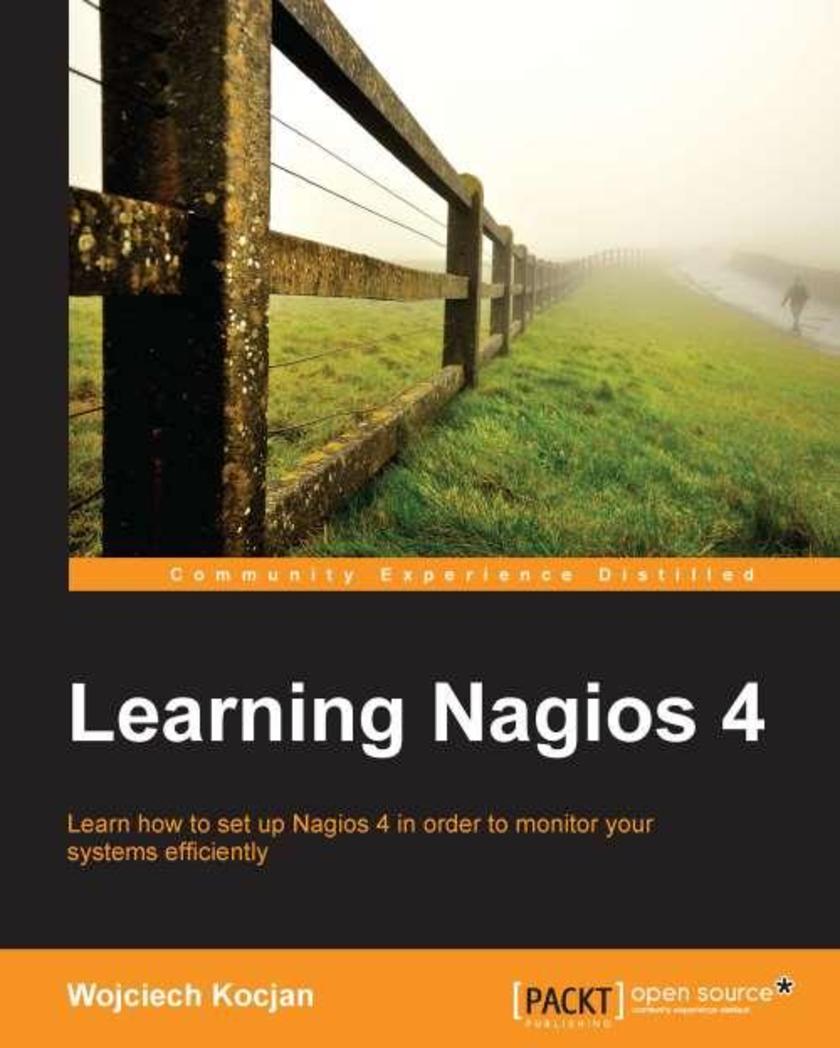
Learning Nagios 4
¥80.65
This book will introduce Nagios to readers who are interested in monitoring their systems. All the concepts in the book are explained in a simplified manner, presented in an easytounderstand language with lots of tips, tricks, and illustrations. This book is great for system administrators interested in using Nagios to monitor their systems. It will also help professionals who have already worked with earlier versions of Nagios to understand the new features of Nagios 4 and provides usable solutions to reallife problems related to Nagios administration. To effectively use this book, system administration knowledge is required. If you want to create your own plugins, knowledge of *ing languages like Perl, shell and Python is expected.

MariaDB Cookbook
¥90.46
A practical cookbook, filled with advanced recipes , and plenty of code and commands used for illustration,which will make your learning curve easy and quick. This book is for anyone who wants to learn more about databases in general or MariaDB in particular. Some familiarity with SQL databases is assumed, but the recipes are approachable to almost anyone with basic database skills.
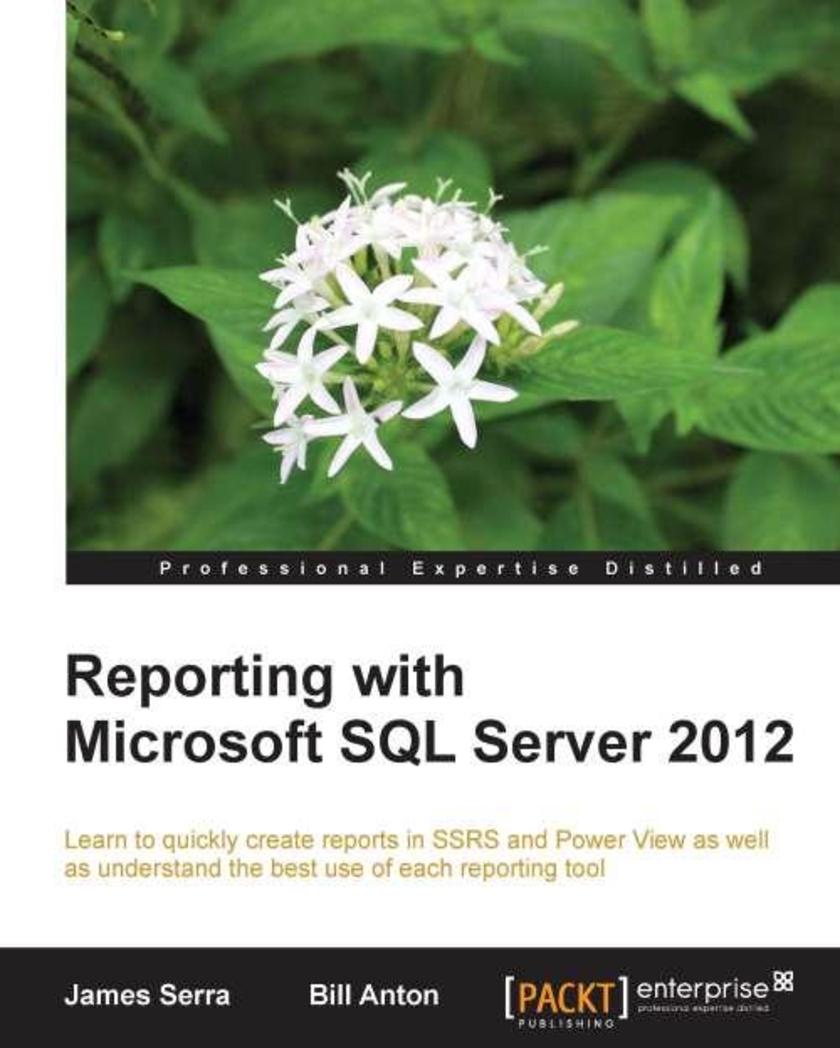
Reporting with Microsoft SQL Server 2012
¥63.21
This is a stepbystep tutorial that deals with Microsoft Server 2012 reporting tools:SSRS and Power View. If you are a BI developer, consultant, or architect who wishes to learn how to use SSRS and Power View, and want to understand the best use for each tool, then this book will get you up and running quickly. No prior experience is required with either tool!
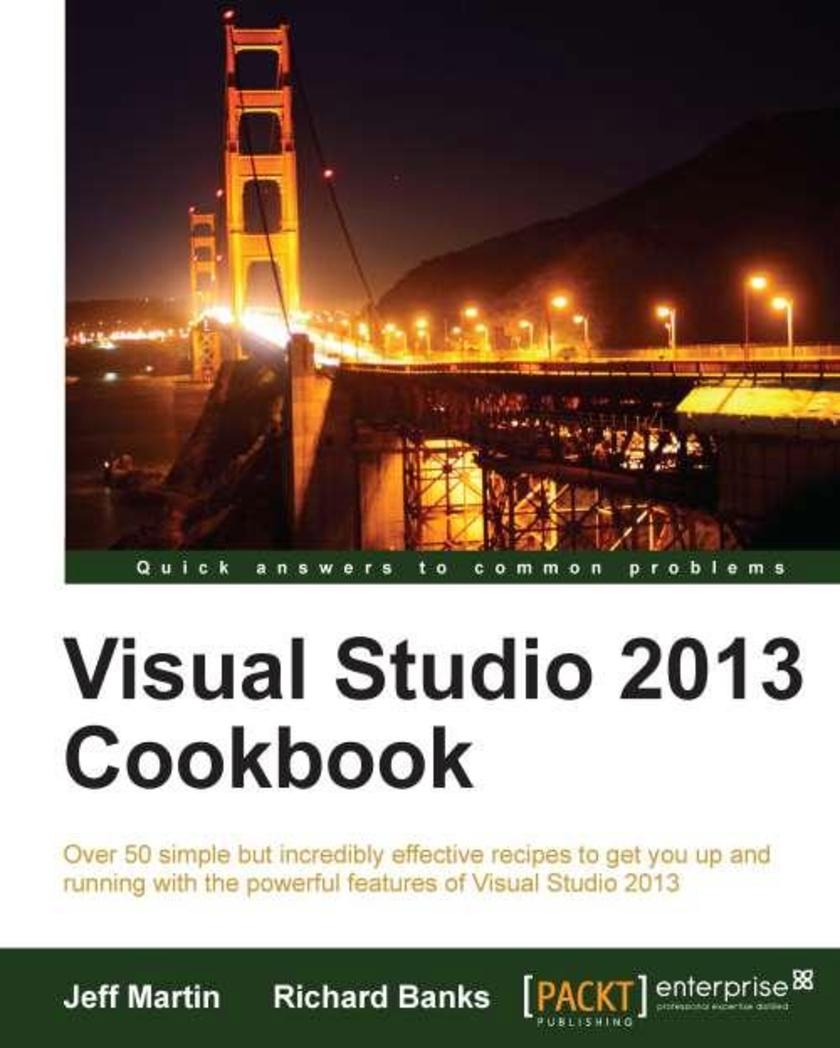
Visual Studio 2013 Cookbook
¥80.65
This book is a practical guide to using Visual Studio 2013 that will help you become familiar with the improvements made over previous versions. Each recipe provides a handson approach to the new features with stepbystep instructions on how to increase your productivity. If you are a developer excited about the new features introduced in Visual Studio 2013, then no matter what your programming language of choice is, Visual Studio 2013 Cookbook is for you. You should have a good knowledge of working with previous versions of Visual Studio to enjoy the recipes in this book. This book provides practical examples to help you use Visual Studio 2013 more effectively.
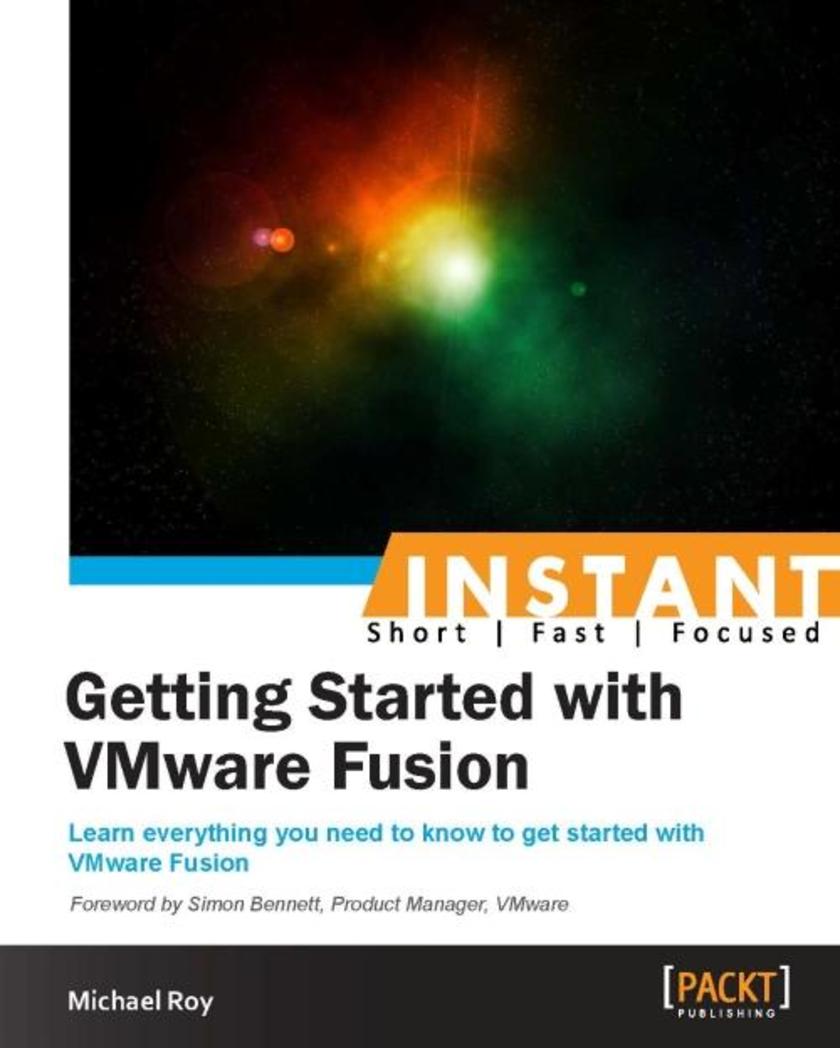
Getting Started with VMware Fusion
¥50.13
This book is a handson, practical guide that will help readers to understand the various capabilities of VMware Fusion with the help of realworld examples. This book is a must for every Mac user out there who is in the process of transitioning from Windows to OS X. Whether you’re new to Fusion or you’ve been using it for years, there’s something new for everyone to learn.

JQuery 2.0 Development Cookbook
¥80.65
Taking a recipebased approach, this book presents numerous practical examples that you can use directly in your applications. The book covers the essential issues you will face while developing your web applications and gives you solutions to them. The recipes in this book are written in a manner that rapidly takes you from beginner to expert level. This book is for web developers of all skill levels. Although some knowledge of JavaScript, HTML, and CSS is required, this Cookbook will teach jQuery newcomers all the basics required to move on to the more complex examples of this book, which will benefit the more seasoned jQuery developer. If you want to learn how to create modern website features quickly, using best practice techniques, then this book is for you.

Source SDK Development Essentials
¥80.65
This book is written by a gamer, for a gamer to guide just about anything with Source SDK giving a firm grasp of all the tools it has to offer using stepbystep explanations. If you’re a keen gamer who wants a bit more out of your favorite game and create your own modifications (mods) and levels with the Source engine, this book is great for you. No programming and Source SDK experience is required.

Oracle ADF Enterprise Application Development – Made Simple, Second Edition
¥99.18
This book is written in an easytounderstand style, following an enterprise development process through all the phases of development and deployment. Concepts are illustrated with realworld examples and the methods used are explained stepbystep. This book is for Oracle developers looking to start using Oracle’s latest development tool and J2EE developers looking for a more productive way to build modern web applications. This book will guide you through the creation of a successful enterprise application with Oracle ADF 12c, and therefore it assumes you have basic knowledge of Java, JDeveloper, and databases.

Getting Started with Citrix Provisioning Services 7.0
¥71.93
This practical guide helps you to administer Citrix Provisioning Services. Each chapter is structured in way to help you easily understand the various features, with accompanying practical examples that help beginners to quickly understand the product. This book is a useful guide for an admin/engineer who is new to the Citrix virtualization solution and provisioning service, and who is looking to get a good grounding in Citrix PVS. It’s assumed that you will have some understanding of the basics of virtualization already, but that's all you need to know!
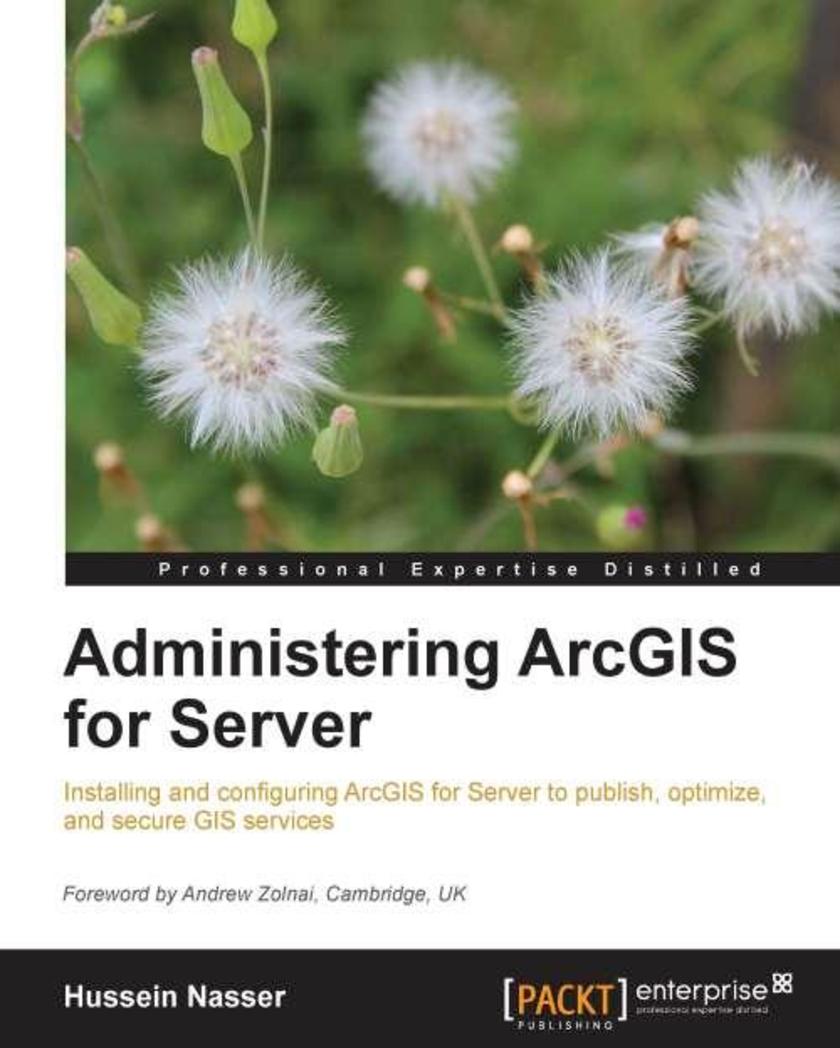
Administering ArcGIS for Server
¥90.46
This book is a practical, stepbystep tutorial providing a complete reference guide to the setup, installation, and administration of ArcGIS Server technology. If you are a GIS user, analyst, DBA, or programmer with a basic knowledge of ESRI GIS, then this book is for you.
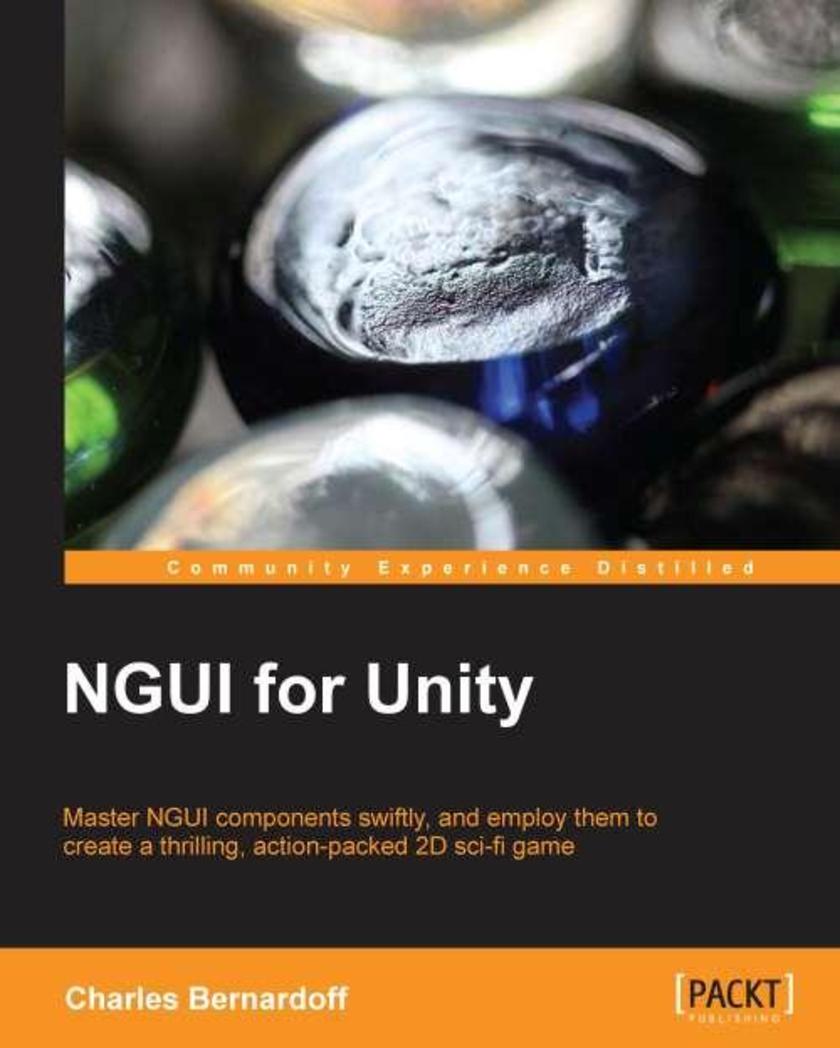
NGUI for Unity
¥63.21
An easytofollow, stepbystep tutorial focusing on practical situations and manipulations, guiding you to create a concrete Graphical User Interface and a simple 2D game. If you are a Unity 3D developer looking forward to learn NGUI for Unity, then this book is for you. Prior knowlege of C# *ing is expected. Additional knowledge of Unity 3D Editor, GameObject and creating/adding *s to GameObject would be beneficial; however, no prior knowledge of NGUI is required.

Getting Started with Beautiful Soup
¥63.21
This book is a practical, handson guide that takes you through the techniques of web scraping using Beautiful Soup. Getting Started with Beautiful Soup is great for anybody who is interested in website scraping and extracting information. However, a basic knowledge of Python, HTML tags, and CSS is required for better understanding.

Customer Success with Microsoft Dynamics Sure Step
¥107.90
"Customer Success with Microsft Dynamics Sure Step" is a focused tutorial of Microsoft Dynamics solution envisioning and delivery, rather than a stepbystep guide into project management. It will equip you with the tactics required to plan, align, and orchestrate your solution selling activities, as well as help you to be efficient, proactive, goal driven, and flexible in your Microsoft Dynamics engagements. If you are involved in one or more of the roles stated below, then this book is for you: ?If you are a Project Manager, Engagement Manager, Solution Architect, or Consultant involved in delivering Microsoft Dynamics solutions, this book will teach you how you can improve the quality of your implementation with a consistent, repeatable process. ?If you are a Customer Project Manager, Subject Matter Expert, Key User, or End User involved in selecting the right business solution for your organization and delivering the Microsoft Dynamics solution, this book will help you determine how the method facilitates the delivery of a solution that is aligned to your vision. ?If you are a Sales Executive, Services Sales Executive, Technical Sales Specialist, PreSales Consultant, or Engagement Manager involved in the sales of Microsoft Dynamics solutions, this book will help you to understand how you can accelerate your sales cycle and bring it to a close. ?If you are the Customer Decision Maker, CxO, Buyer, or Project Manager who participates in the selection process for your business solution needs, this book will show you how to determine how this process can help your due diligence exercise and set the stage for a quality implementation of the solution. ?If you are a Change Management expert, this book will enable you to learn how you can help the customer manage organizational change during the business solution delivery process, and/or help solution providers adopt a process for selling and delivering solutions.

Wireframing Essentials
¥54.49
An easy to follow, examplebased guide introducing you to the world of user experience design through the author's real world experiences Whether you are looking to become a professional UX Designer, or just need to get the job done, the principles and processes discussed in this book will help you understand how to craft reliably effective and successful design solutions.

SharePoint 2013 WCM Advanced Cookbook
¥99.18
You will be led carefully stepbystep through a detailed set of recipes. This book focuses on web content management using Microsoft SharePoint 2013 server. The practical examples are built logically throughout the chapters to create a common theme. This book is ideal for developers who want to broaden their understanding of the web content management features available with SharePoint 2013. It is assumed that you already have some experience using SharePoint and developing web content. Experience with Microsoft PowerShell and coding C# with Visual Studio will also be helpful, but is not essential.




 购物车
购物车 个人中心
个人中心



